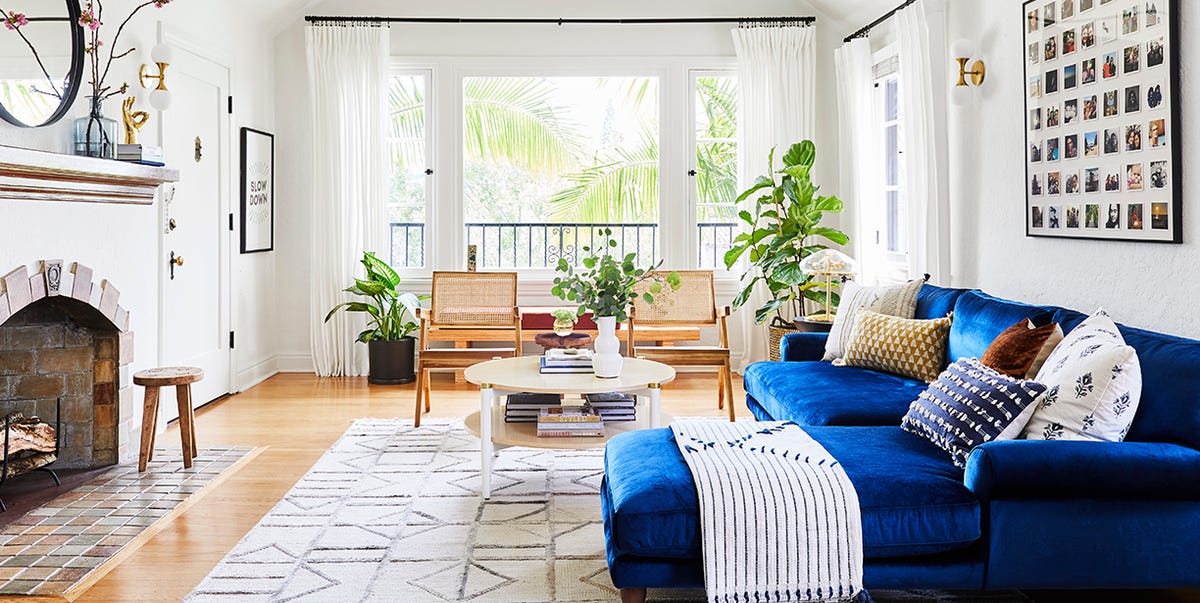
Temporary Ceiling Acoustic Panels
Hang fabric-wrapped panels or cloud baffles from ceilings using damage-free hooks or tension systems. These panels absorb sound and reduce echo, but will not block impact noise from above. Learn installation methods that comply with rental agreements.
Reversible
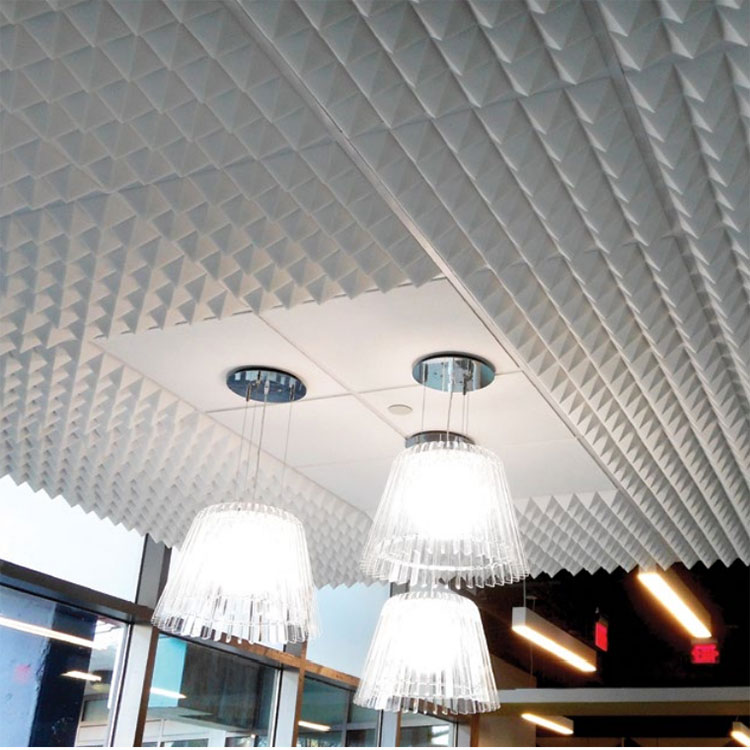
Fabric Canopies for Sound Absorption
Suspend heavy fabric or canvas from ceiling-mounted tracks to create a soft layer that absorbs airborne noise. Works best in bedrooms where you spend extended quiet time. This guide covers materials, installation, and realistic expectations.
Low-Cost

DIY Cloud Baffles
Cloud baffles are suspended panels that hang horizontally from the ceiling. Make them from rigid insulation board wrapped in fabric. They improve room acoustics by absorbing reflections, though they will not stop structural footfall noise.
Quick Fix
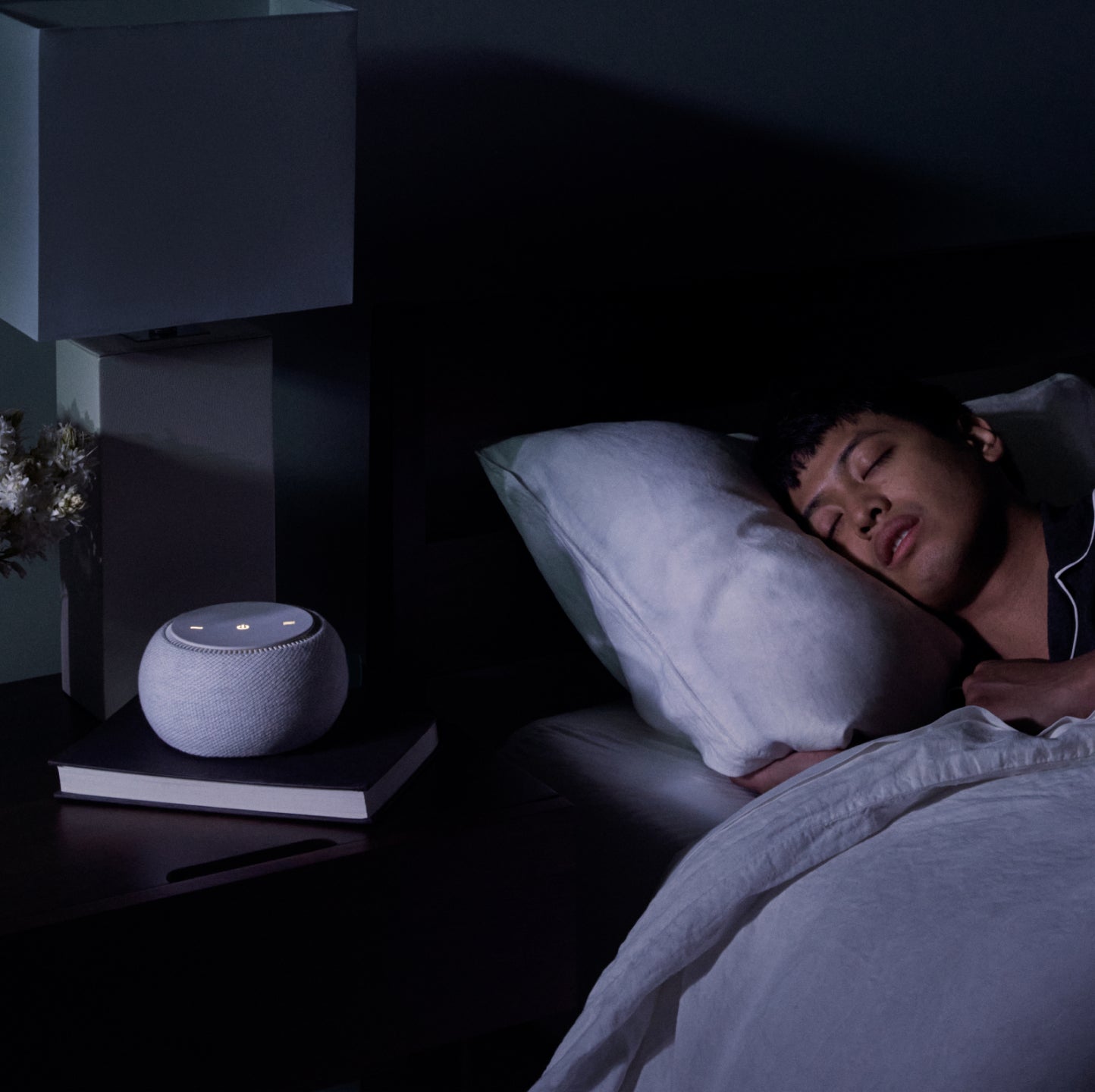
Layout Swaps to Avoid Ceiling Noise
Move your bedroom away from the unit above if possible. Position your bed under closets or bathrooms, which generate less footfall. Swap living and sleeping areas if your upstairs neighbor is directly above your current bedroom.
Quick Fix

Using Tall Furniture as Buffers
Wardrobes, bookcases, and armoires near ceilings can absorb some sound energy and create a psychological buffer. While they will not stop impact noise, they improve overall room acoustics and reduce echo from above.
Low-Cost
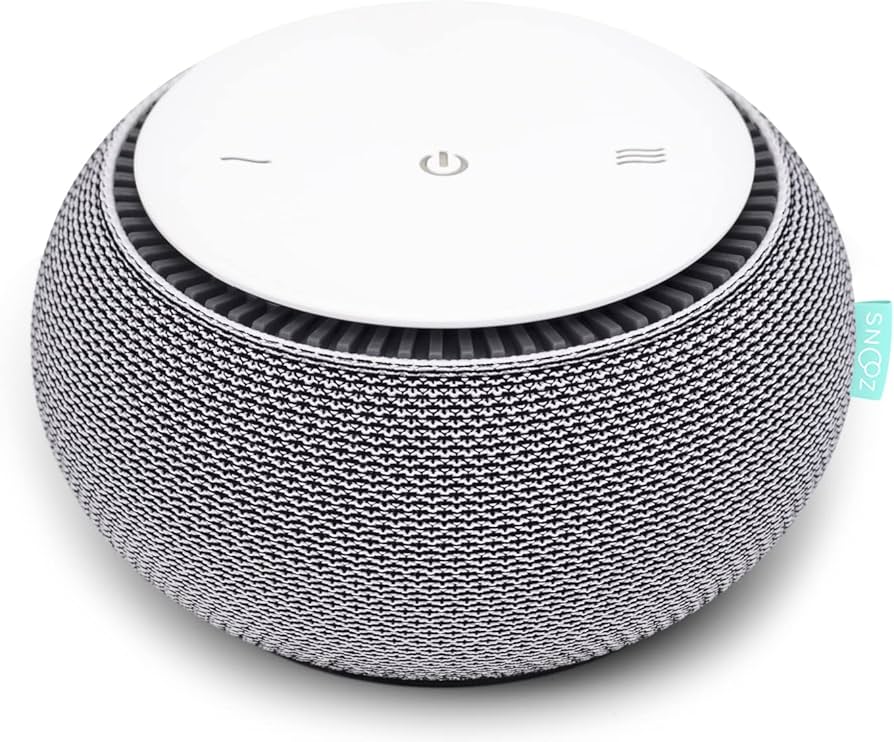
White Noise for Upstairs Footsteps
You cannot stop impact noise from above, but white noise can mask irregular sounds. Position a fan or sound machine strategically to create consistent background sound that makes footsteps less noticeable. Works best for light to moderate noise.
Quick Fix
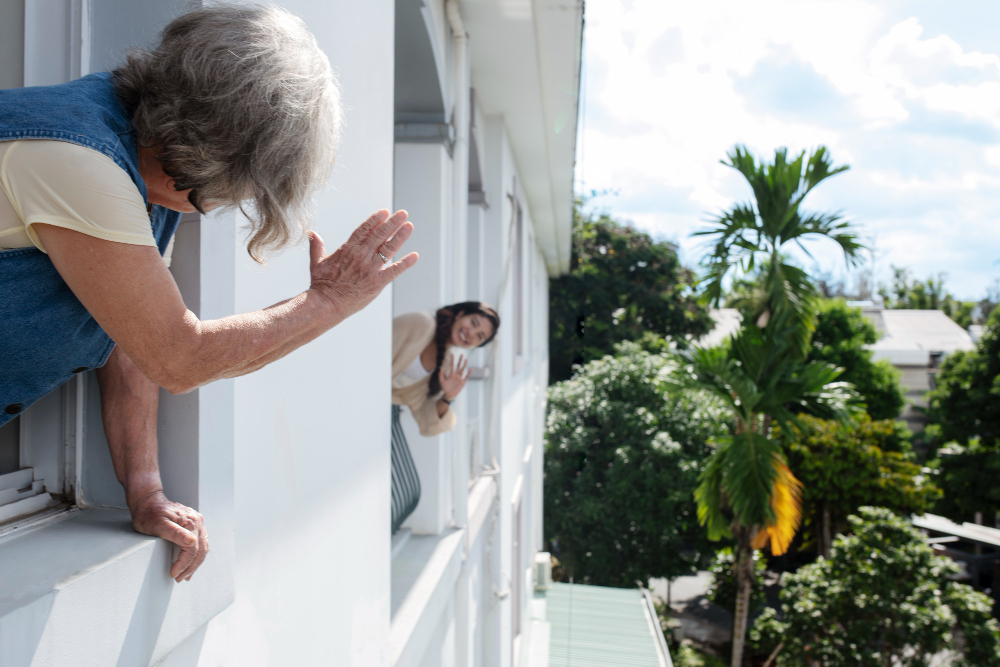
How to Address Upstairs Noise Politely
Many upstairs neighbors do not realize they are loud. This guide provides scripts for respectful conversations, suggestions for carpeting requests, and tips for involving building management when direct communication fails. Includes sample letters.
Courtesy







